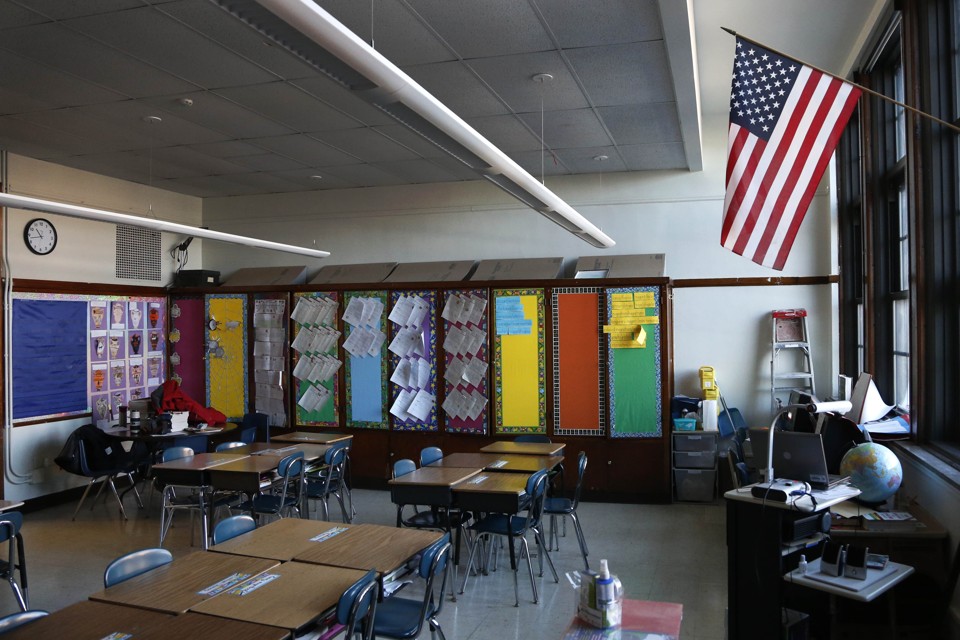Finland system consistently receives top marks from
UNICEF, the
OECD and the
World Economic Forum.
Many U.S. states are similar in population size and demographics to Finland, and education is largely run at the state level. In the economically depressed forest region of North Karelia — on the Russian border — where we spent much of our time, the unemployment rate is nearly
15 percent, compared with under
5 percent in America and our home state of
New York. However, the U.S. child poverty rate is four times higher than Finland’s.
n Finland, we heard none of the clichés common in U.S. education reform circles, like “rigor,” “standards-based accountability,” “data-driven instruction,” “teacher evaluation through value-added measurement” or getting children “college- and career-ready” starting in kindergarten.
Instead, Finnish educators and officials constantly stressed to us their missions of helping every child reach his or her full potential and supporting all children’s well-being. “School should be a child’s favorite place,” said Heikki Happonen, an education professor at the University of Eastern Finland and an authority on creating warm, child-centered learning environments.
How can the United States improve its schools? We can start by piloting and implementing these 12 global education best practices, many of which are working extremely well for Finland:
1) Emphasize well-being.
2) Upgrade testing and other assessments.
3) Invest resources fairly.
4) Boost learning through physical activity.
5) Change the focus. Create an emotional atmosphere and physical environment of warmth, comfort and safety so that children are happy and eager to come to school. Teach not just basic skills, but also arts, crafts, music, civics, ethics, home economics and life skills.
6) Make homework efficient. Reduce the homework load in elementary and middle schools to no more than 30 minutes per night, and make it responsibility-based rather than stress-based.
7) Trust educators and children. Give them professional respect, creative freedom and autonomy, including the ability to experiment, take manageable risks and fail in the pursuit of success.
8) Shorten the school day. Deliver lessons through more efficient teaching and scheduling, as Finland does. Simplify curriculum standards to a framework that can fit into a single book, and leave detailed implementation to local districts.
9) Institute universal after-school programs.
10) Improve, expand and destigmatize vocational and technical education. Encourage more students to attend schools in which they can acquire valuable career/trade skills.
11) Launch preventive special-education interventions early and aggressively.
12) Revamp teacher training toward a medical and military model. Shift to treating the teaching profession as a critical national security function requiring government-funded, graduate-level training in research and collaborative clinical practice, as Finland does.

